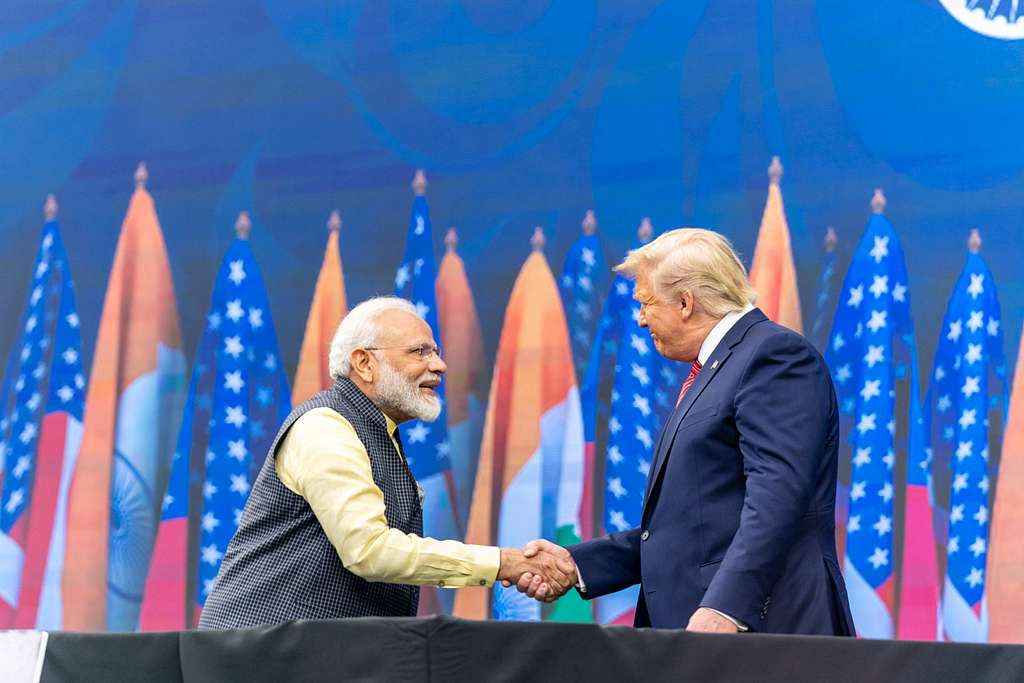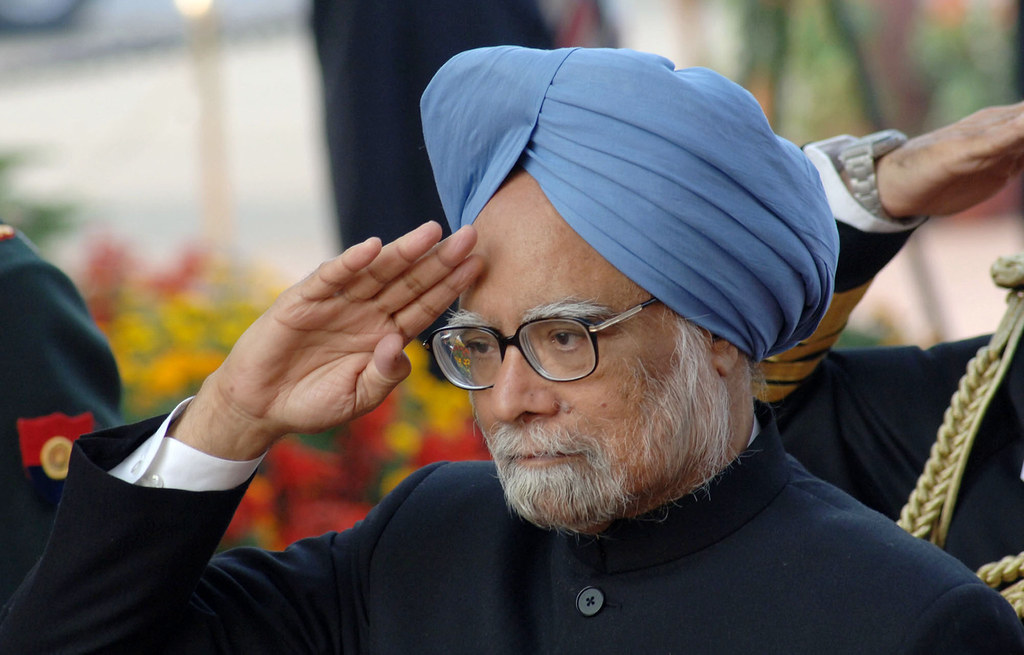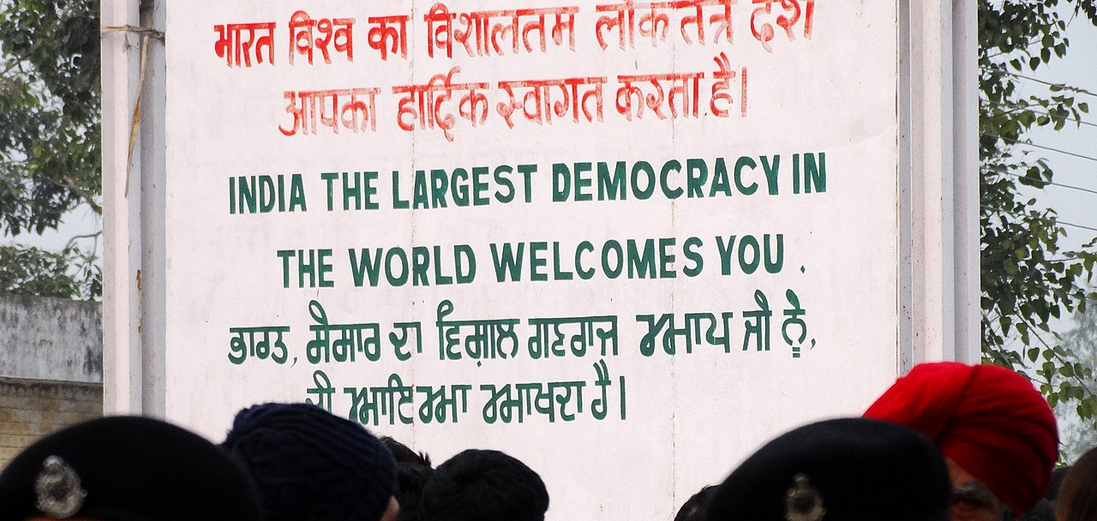In the battle for 2024, the M factor has taken centre stage. Modi, Muslims, Mangalsutra (Hindu marital marker), and even mutton and machhli (fish) have become part of the election lexicon. While the Opposition may blame media, marketing and money (three more Ms) for their predicament, the truth is only one M may prove decisive this time: Never before in Indian electoral history has the mahila (woman) vote mattered more. It is this crucial “power of 49” vote bank that gives Prime Minister (PM) Narendra Modi and the Bharatiya Janata Party (BJP) a big advantage in a seemingly “wave-less” election that is still heavily weighted in favour of the incumbent.
Let’s do the maths first. It was in 2019 that the women voter turnout exceeded that of men for the first time, albeit by a small fraction: 67.18% to 67.02%. This election, there is a 7.5% increase in registered women voters, higher than the five per cent for men. As many as 471 million women are registered voters now and in 12 states the gender ratio is in favour of women compared to eight in 2019. An Axis My India poll survey in 2019 shows that 46% of women voted for the BJP compared to 44% of men. Significantly, a 2019 study by Lokniti- CSDS showed that 59% of women are now making their own voting decisions, independent of male members in the family, a sure sign of female emancipation.
The ascent of the “she” voter is not just a post-2014 phenomenon. Jayalalithaa, for example, was able to buck anti-incumbency in Tamil Nadu by consciously focusing on the woman voters with an array of welfare measures targeted towards them. Nitish Kumar in Bihar conquered Lalu Prasad’s caste arithmetic by not just wooing the Extremely Backward Castes but also by creating a distinct vote bank among women: Bihar in 2006 became the first state in the country where women were given 50% reservations in local bodies and panchayats. In West Bengal, if Mamata Banerjee was able to keep the BJP at bay in 2021, it was largely because of her successful women-centric schemes like Kanyashree. If the BJP retained Madhya Pradesh and won back Chhattisgarh last year, Ladli Behna and Mahtari Vandana — both aimed at ensuring direct cash benefits to women — were a key factor. And if the Congress won Karnataka last year, its “guarantees” including Gruha Lakshmi, which provides ₹2,000 per month to women heads of families and Shakti, which provides free travel to women in state-run buses, had a major role to play.
Narendra Modi too has embraced the woman voter but only scaled up the outreach. Be it Ujwala Yojana, Jan Dhan Yojana, Aawas Yojana or the more recent Lakhpati Didi Yojana, the schemes are designed to give women a sense of social and economic empowerment. Not all the projects have been uniformly successful: the Ujwala scheme, which aims to make LPG gas cylinders available to rural and poor households, has seen a poor refill rate largely because of a spike in LPG prices. But the intent is clear: Women must see themselves as prime labharthis or beneficiaries of the Modi government’s welfare interventions.
Which raises the question: Who really is the woman voter and what motivates her to vote for a specific party or leader? While broad generalisations in a diverse country are fraught with risk, a definite pattern is emerging where low-income women voters in particular appear squarely focused on twin challenges — livelihood and security. An aspirational urban woman is fighting for identity and equality, her rural counterpart’s needs are more basic.
In our travels across the country, we heard many poor women complain of the other big M, mehngai (inflation). But they cushion their anger by admitting that five kilos of free food grains per month is a huge relief. It is almost as if free rashan (ration) is offsetting growing disillusionment with their economic condition. In Maharashtra, for example, where agrarian distress is acute, free ration is seen as a saviour in rural households. In Uttar Pradesh, an improved law and order situation is the chief reason for Yogi Adityanath’s popularity among women voters. In Bengal, Sandeshkhali has pushed the Mamta government onto the backfoot but the Lakshmi Bhandar scheme of financial independence for women might soften the blow. In Andhra Pradesh, Jagan Mohan Reddy’s cash transfer programmes for women are his best hope to combat anti-incumbency against his government.
On a pan-India level though, Modi still is ahead on gender ratings. While the Prajwal Revanna and Brij Bhushan Sharan Singh episodes have exposed the hollowness of Nari Shakti and Beti Padhao, Beti Bachao sloganeering, they have not dented Brand Modi yet. The “alpha male” image of a self-styled macho leader who embodies the idea of a strong government is appealing to many women voters. By contrast, Rahul Gandhi’s comparatively softer image and more compassionate “mohabbat-ki-dukan” vocabulary need to be shored up by visible action on the ground. The Congress’s Mahalakshmi scheme that promises ₹1 lakh every year to a woman from a poor family is a potential game changer if backed by effective communication and delivery. In most places we travelled to, everyone had heard of Modi ki Guarantee, but very few were aware of the Congress’s promises to women voters.
Which is why when votes are finally counted on June 4 and television studios furiously debate caste and community equations, remember the elections will actually be won and lost by the biggest vote bank of them all — the Indian mahila voter.
Post-script: In a village near Ayodhya, we met a group of devout women. They were delighted with the inauguration of the Ram Mandir but when asked what issue they would vote on, they replied pointedly, “Ram se pet to nahi bharta. Pehle rashan, phir Ram.” (Ram does not fill stomachs. First ration, then Ram)
Rajdeep Sardesai is a senior journalist and author. The views expressed are personal





































































































































































